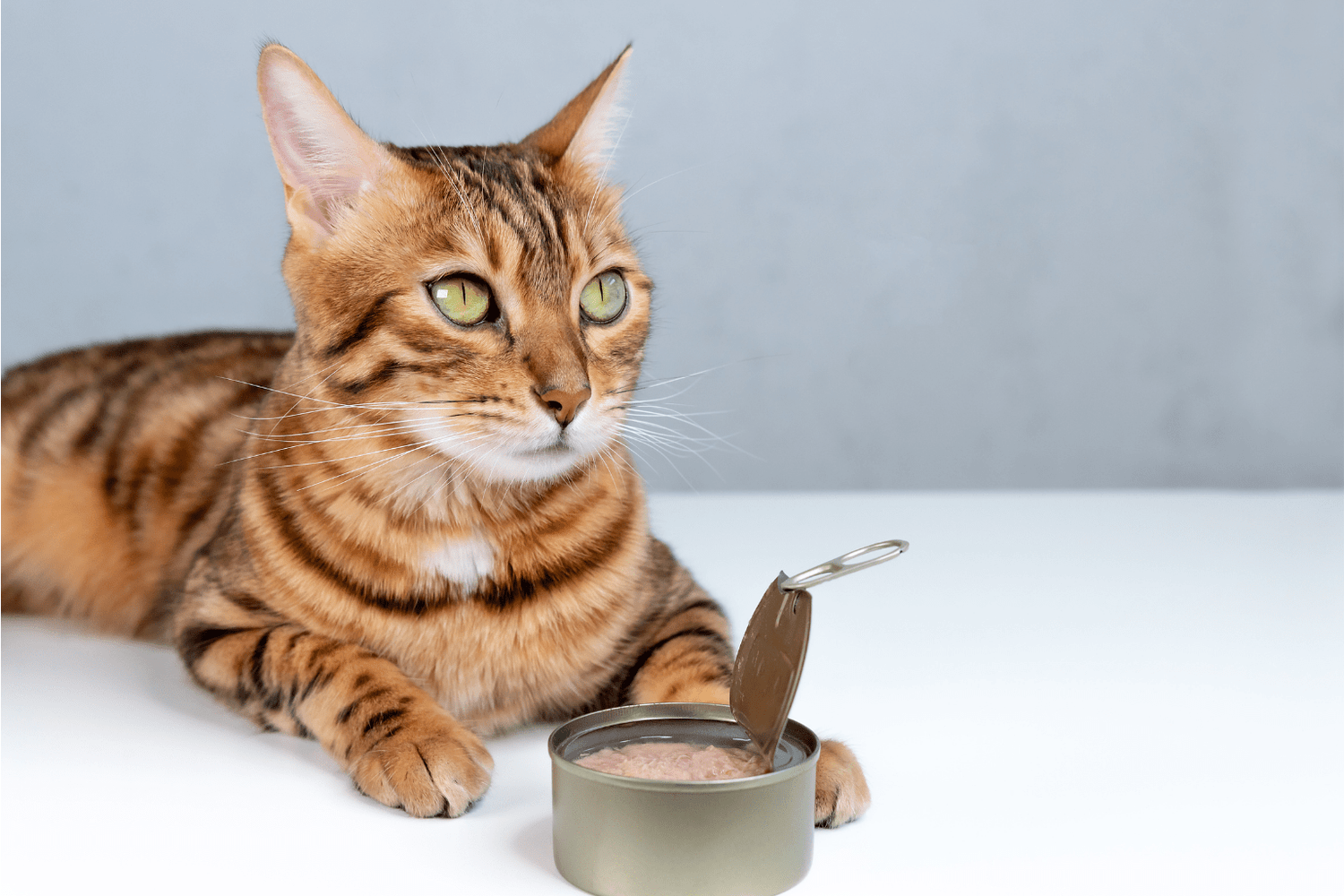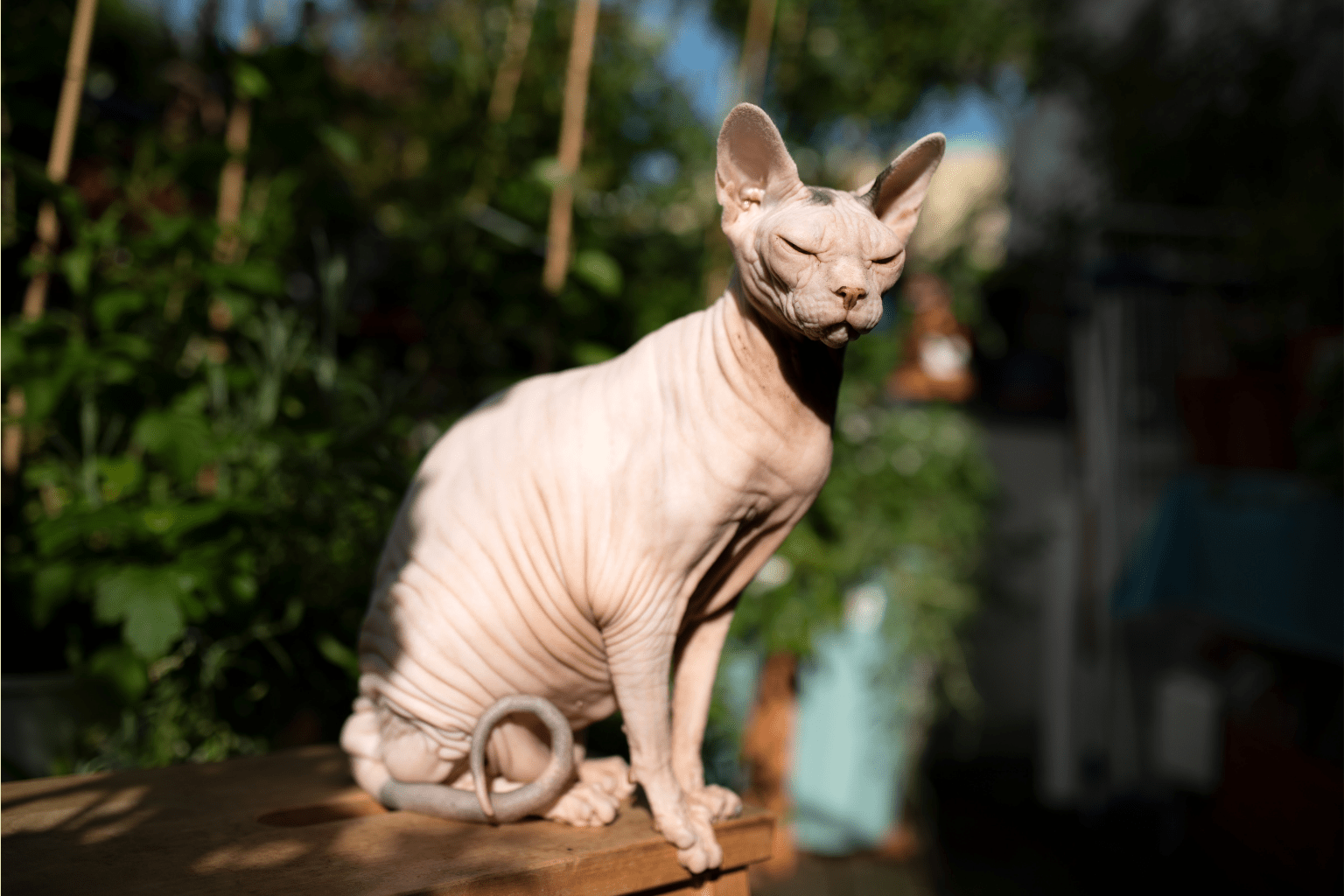Key Takeaways
- Canned cat food high in protein can significantly improve a cat's energy and overall health.
- Feeding cats species-appropriate nutrition supports their natural biological needs.
- High-protein diets can enhance a cat's coat quality and playful behavior.
- Choosing the right canned cat food can lead to noticeable positive transformations in rescued or unhealthy cats.
Table of Contents
- What Is High-Protein Canned Cat Food?
- Why Do Cats Need Protein? Feline Health Benefits Explained
- What Counts as 'High' Protein? Recommended Levels & Real-World Examples
- Key Ingredients You'll Find in Quality High-Protein Canned Cat Food
- Animal vs. Plant Proteins: Which Should Fill Your Cat's Bowl?
- Grain-Free, Limited Ingredient, and Conventional High-Protein Canned Foods Compared
- Our BestLife4Pets Approach, Holistic Nutrition in Each Formula
- High-Protein Wet vs. Dry Food vs. Homemade: Which Recipe Wins for Your Pet?
- Choosing the Best High-Protein Canned Cat Food By Life Stage and Need
- How to Read Cat Food Labels for Protein and Quality, Detecting Fillers & By-Products Fast
The Ultimate Guide to Canned Cat Food High in Protein: Nourishing Our Cats Naturally
When Luna, a rescued tabby from our community, switched to canned cat food high in protein, her energy transformed within weeks. Her coat gained luster, her playful spirit returned, and her worried pet parent finally saw the vibrant cat Luna was meant to be. This transformation isn't unique, it's what happens when we honor our cats' biological needs with species-appropriate nutrition.
Cats are obligate carnivores, meaning their bodies require animal-based proteins to thrive. Unlike dogs or humans, they can't manufacture certain essential amino acids and must obtain them from their diet. High-protein canned food provides these nutrients in their most bioavailable form while delivering crucial hydration that dry food simply cannot match. For cats who need extra support for their skin and coat, consider pairing their diet with Cat Itchy Skin Relief & Hair Loss Treatment for optimal results.
Canned food's 70-80% moisture content provides essential hydration while concentrating nutrients. This combination supports kidney function, urinary health, and nutrient absorption, benefits that dry food struggles to deliver regardless of protein content. If your cat is prone to urinary issues, supplementing with a Cat UTI, Kidney & Bladder Support can further promote urinary tract health.
Nurture with Nature Philosophy: At BestLife4Pets, we believe in supporting your cat's natural biology with gentle, effective nutrition. Our approach combines species-appropriate ingredients with holistic wellness support.
Not a substitute for professional veterinary advice.
What Is High-Protein Canned Cat Food?
High-protein canned cat food typically contains 10% or more crude protein on the label, which translates to approximately 40-50% protein on a dry matter basis once moisture is removed. This concentration mirrors what cats would consume in their natural prey-based diet.
As obligate carnivores, cats require specific amino acids like taurine for heart function and arginine for ammonia detoxification. AAFCO guidelines recommend minimum crude protein levels of 26% for kittens and 12.5% for adult cats on a dry matter basis, though optimal levels often exceed these minimums.
For more information on how to keep your cat's kidneys healthy as they age, check out these 7 tips for preventing kidney disease in cats.
Canned food's 70-80% moisture content provides essential hydration while concentrating nutrients. This combination supports kidney function, urinary health, and nutrient absorption, benefits that dry food struggles to deliver regardless of protein content.
Why Do Cats Need Protein? Feline Health Benefits Explained

Protein serves as the foundation for every cellular function in your cat's body. It builds and maintains lean muscle mass, supports immune system strength, and provides energy more efficiently than carbohydrates. Quality animal proteins contain complete amino acid profiles that plant proteins cannot replicate.
The moisture in canned food works synergistically with protein to support kidney and urinary tract health, particularly crucial for senior cats prone to dehydration. This combination helps flush toxins while providing building blocks for tissue repair and maintenance.
5 Signs Your Cat Is Getting Enough Quality Protein:
- Firm, defined muscle tone along the spine and legs
- Bright, clear eyes with no discharge
- Soft, glossy coat that doesn't shed excessively
- Consistent energy for play and exploration
- Healthy appetite with stable weight maintenance
What Counts as 'High' Protein? Recommended Levels & Real-World Examples
Protein requirements vary significantly by life stage. Kittens need 12-15% crude protein minimum for rapid growth, while adult cats thrive on 10-13%. Senior cats often benefit from 10-12% to support aging muscles without stressing kidneys.
Converting to dry matter basis reveals the true protein density. A canned food showing 10% crude protein with 78% moisture actually delivers about 45% protein on a dry matter basis, significantly higher than most dry foods.
When comparing products, calculate dry matter protein by dividing crude protein by the dry matter percentage. This calculation ensures accurate comparisons across different moisture levels and brands.
Key Ingredients You'll Find in Quality High-Protein Canned Cat Food
Premium canned cat food high in protein features named animal proteins as the first ingredients, chicken, turkey, salmon, or beef. These whole proteins provide complete amino acid profiles essential for feline health.
Quality formulations include natural sources of taurine, vitamins, and minerals without relying on synthetic additives. Limited carbohydrates come from vegetables like sweet potatoes or peas, providing fiber without unnecessary fillers.
Avoid products listing by-products, meals, or unnamed protein sources as primary ingredients. Red flags include excessive grains, artificial colors, and chemical preservatives that offer no nutritional benefit to obligate carnivores.
If your cat is experiencing joint discomfort or mobility issues, pairing a high-protein diet with a Cat Hip and Joint Pain Relief can help support their overall well-being.
Animal vs. Plant Proteins: Which Should Fill Your Cat's Bowl?

Animal proteins deliver complete amino acid profiles with high digestibility rates of 85-95%, while plant proteins typically achieve only 60-70% digestibility in cats. This difference significantly impacts nutrient absorption and utilization.
Cats show strong preference for animal-based proteins, making meals more appealing and reducing feeding struggles. Animal proteins also provide natural taurine, while plant-based diets require synthetic supplementation.
| Criteria | Animal Proteins | Plant Proteins |
|---|---|---|
| Digestibility | 85-95% absorption rate | 60-70% absorption rate |
| Amino Acid Profile | Complete essential amino acids | Often missing key amino acids |
| Natural Taurine | Naturally occurring | Requires synthetic supplementation |
| Palatability | Highly appealing to cats | Often requires flavor enhancers |
Whiskers, a finicky Persian from our community, refused plant-based proteins for months until his owner switched to animal-based canned cat food high in protein. Within days, his enthusiasm for meals returned, and his coat regained its characteristic silky texture.
Grain-Free, Limited Ingredient, and Conventional High-Protein Canned Foods Compared
Grain-free formulas eliminate wheat, corn, and rice, focusing protein content on animal sources. These work well for cats with grain sensitivities or those requiring maximum protein density without plant-based fillers.
Limited ingredient diets feature single protein sources with minimal additional components, ideal for cats with food allergies or sensitive stomachs. These formulations make it easier to identify and eliminate problematic ingredients.
Conventional high-protein options may include small amounts of grains or vegetables as fiber sources while maintaining high animal protein content. These often provide balanced nutrition at accessible price points for multi-cat households.
Who Needs Which Formula Type:
Grain-Free: Cats with grain allergies or maximum protein requirements
Limited Ingredient: Cats with food sensitivities or digestive issues
Conventional: Healthy cats needing balanced, affordable nutrition
If your cat has multiple health needs, you may benefit from exploring Cat Health Product Bundles that address a range of common feline concerns.
Our BestLife4Pets Approach, Holistic Nutrition in Each Formula
Our philosophy centers on species-appropriate nutrition that honors your cat's carnivorous biology. We combine high-quality animal proteins with gentle, natural support ingredients that work with your cat's body rather than against it.
What sets our approach apart is the integration of nutritional support with our signature pellet remedies, never liquids. These pellets provide targeted wellness support while complementing the protein-rich foundation of quality canned food.
Every purchase supports senior pet rescues, creating a community impact that extends beyond individual cats. Our test results come from real pets in real homes, not laboratory settings, ensuring practical effectiveness for everyday pet parents.
Meet Oliver, Community Success Story: This 8-year-old tabby struggled with low energy and dull coat until his family combined high-protein canned food with our gentle wellness pellets. Within three weeks, Oliver's vitality returned, and his coat developed a healthy shine that amazed his veterinarian.
For more insights on supporting older cats, read our guide on aging cat common health issues.
High-Protein Wet vs. Dry Food vs. Homemade: Which Recipe Wins for Your Pet?

Canned wet food delivers superior hydration with 70-80% moisture content while concentrating protein density. The soft texture aids digestion and appeals to cats of all ages, particularly seniors with dental concerns.
Dry high-protein food offers convenience and longer shelf life but typically contains only 10% moisture, requiring cats to drink significantly more water. Protein concentration may appear higher on labels but often includes plant-based sources to achieve those numbers.
Homemade high-protein diets provide complete ingredient control but require extensive nutritional knowledge to ensure balanced amino acid profiles. Most pet parents find the time investment and nutritional complexity challenging for daily feeding.
| Format | Hydration | Protein Quality | Convenience | Cost |
|---|---|---|---|---|
| Canned Wet | Excellent (70-80%) | High bioavailability | Moderate prep | Mid-range |
| Dry Food | Poor (10%) | Variable quality | Very convenient | Most affordable |
| Homemade | Controllable | Depends on recipe | Time-intensive | Highest |
If your cat struggles with maintaining a healthy weight or has thyroid concerns, a Cat Weight Gain + Hyperthyroidism Support can provide targeted nutritional support alongside a high-protein diet.
Choosing the Best High-Protein Canned Cat Food By Life Stage and Need
Kittens require 12-15% crude protein minimum with higher caloric density to support rapid growth. Look for formulations specifically labeled for growth and reproduction with increased fat content alongside protein.
Adult cats thrive on 10-13% crude protein with balanced fat levels for weight maintenance. Active cats or those recovering from illness may benefit from the higher protein levels.
For cats with immune sensitivities or allergies, supplementing their diet with a Cat Allergy Relief & Immune Support may help promote overall health and resilience.
How to Read Cat Food Labels for Protein and Quality, Detecting Fillers & By-Products Fast
Decoding cat food labels becomes simple when you know where to look and what red flags to avoid.
Start with the guaranteed analysis to find crude protein percentage. Remember this reflects "as fed" moisture content, canned foods appear lower than dry foods but deliver more actual protein per serving.
Examine the ingredient list where items appear by weight. The first three ingredients should be recognizable animal proteins like "chicken," "salmon," or "turkey." Avoid vague terms like "meat by-products" or "poultry meal."
Calculate dry matter protein for accurate comparisons:
1. Subtract moisture % from 100
2. Divide protein % by the result
3. Multiply by 100
Example: 12% protein, 78% moisture = 12 ÷ 22 × 100 = 55% protein on dry matter basis
For a deeper dive into the science behind feline nutrition, see this external resource on protein requirements in cats.
Red flags to avoid:
- Corn, wheat, or soy in the first five ingredients
- Artificial colors (cats don't care about food color)
- Generic "natural flavors" without protein source identification
- Multiple forms of the same filler (corn meal, corn gluten, ground corn)
- BHA, BHT, or ethoxyquin preservatives
To learn more about the history and types of commercial cat food, visit the Wikipedia page on cat food.
Frequently Asked Questions
Why is high-protein canned cat food important for a cat's health and energy levels?
High-protein canned cat food supports a cat's natural carnivorous diet, providing essential amino acids that their bodies can't produce. This helps maintain muscle health, boosts energy, and can improve coat quality and playful behavior.
What protein levels should I look for in canned cat food to meet my cat's nutritional needs?
Look for canned cat foods with protein levels around 40-50%, primarily from animal sources. This range aligns well with cats' biological needs and helps ensure they get the nutrients necessary for overall health.
How does the moisture content in canned cat food benefit my cat compared to dry food?
Canned cat food typically contains 70-80% moisture, which helps keep cats hydrated and supports kidney and urinary tract health. This hydration is especially important since cats naturally have a low thirst drive and dry food lacks this moisture.
What are the differences between animal and plant proteins in canned cat food, and which is better for cats?
Animal proteins provide the essential amino acids cats need in forms their bodies can easily use, while plant proteins often lack some of these key nutrients. For obligate carnivores like cats, animal proteins are the better choice to meet their nutritional requirements.



